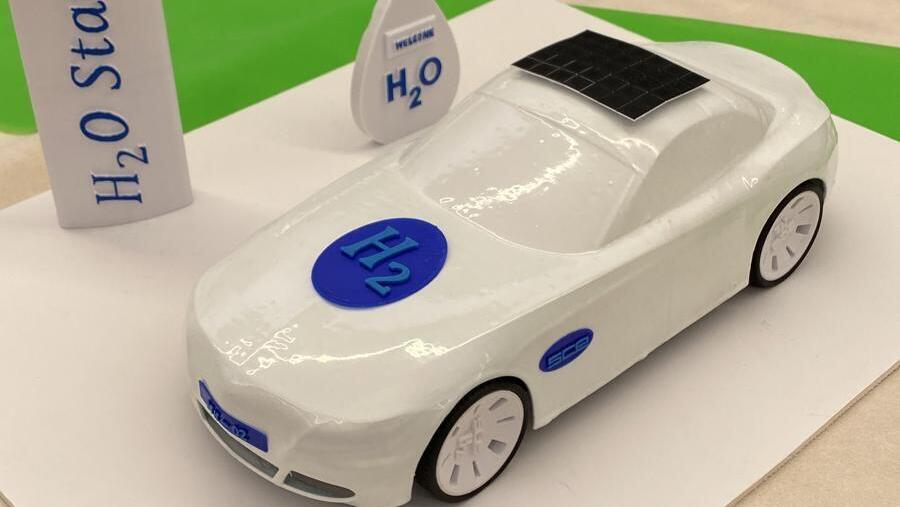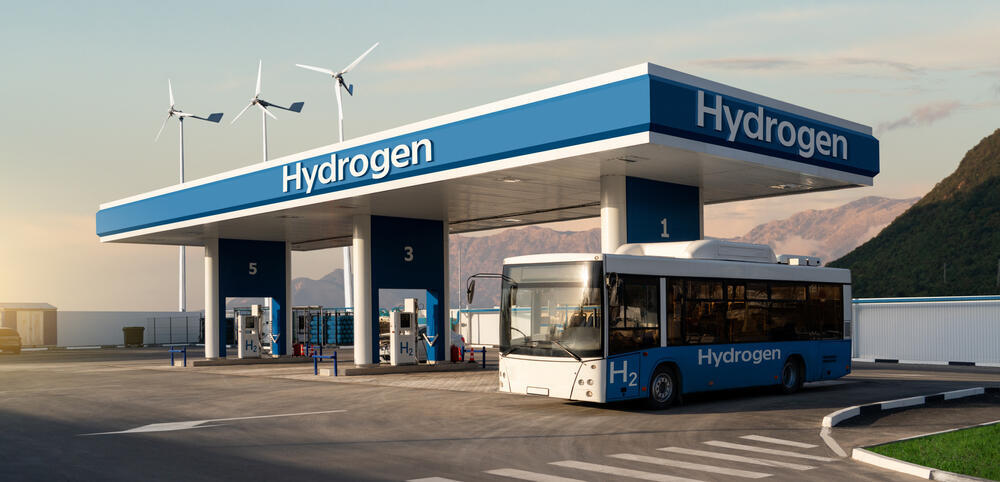Getting your Trinity Audio player ready...
A prototype of a toy car powered by hydrogen energy
(Video: Dr. Guy Ben Hamu)
An Israeli research team from the Sami Shamoon College of Engineering developed a unique method for producing green hydrogen - a clean and environmentally friendly fuel. The team headed by Dr. Guy Ben Hamu, developed a fuel that enables the production of electricity that can be used by observant Jews on Shabbat and in the automotive industry, among others, without causing any environmental harm.
Read more:
the hydrogen embrittlement (HE) of 316L stainless steel produced by laser powder bed fusion (L-PBF) was investigated by means of hydrogen trapping.
"Green hydrogen is made in a process devoid of Carbon dioxide emissions," Dr. Ben Hamo said. "We add a stainless steel powder to water than then and through an electrochemical process produce hydrogen. We do not introduce any other energy to the water and the hydrogen is released from it spontaneously. In order to produce a large amount, solar energy can be added, and then more hydrogen can be produced in a short span of time."
Ben Hamo said this could be a solution for an energy source that can be used during the Jewish sabbath without violating religious law. Production does not require complicated systems and could be concluded, depending on available additional energy, solar or otherwise. "As long as we can add the powder to water, we can make electricity," he said.
The development of the system began four years ago, and the research team's aspiration is to have a complete system within a year: a box where water and metal powder can be placed, and in the end, produce electricity. Dr. Ben Hamu said his discovery is already attracting international interest and potential investors.
Ben Hamu who heads a 5 person team, now has a prototype for the system in the form of a toy car. "The car has cups with water, to which we add metal powder. It produces green fuel, and the car moves."
"Over time, we improved the powder to produce as much green fuel as possible. There are various types of powders, and the difference between them is not the amount of fuel they produce, but how they produce it. For example, if you want a small amount of fuel for a long time or a large amount of fuel for a short time."
The materials for making the powder are collected from foundries and considered by them to be waste. The team gathers these materials, grinds them, and turns them into green fuel.
"Nowadays, it is possible to take many types of metals and produce hydrogen, but in most cases, the byproduct obtained is toxic, requiring proper disposal. However, we obtain a green byproduct, and the water used to produce the electricity is tap water. The byproduct we get is water with non-toxic metal ions, which can even be used to water plants, promoting better plant growth," said Dr. Ben Hamu.






